Mastering Production: A Guide to ISO 9001:2015 Clause 8.5
Introduction
Unlocking the secrets of ISO 9001:2015 Clause 8.5 is crucial for ensuring product and service excellence. This guide delves into key sub-clauses, including 8.5.3 (Customer/External Provider Property), 8.5.4 (Preservation), 8.5.5 (Post-Delivery Activities), and 8.5.6 (Control of Changes). By meticulously managing these operational aspects, you can maintain quality and consistency throughout your entire production process, building customer trust and securing your business’s success. These controls provide a comprehensive framework for safeguarding all assets and processes, ensuring your final output consistently meets high standards.
For expert guidance on implementing these crucial requirements and achieving ISO certification, partner with Maxicert.
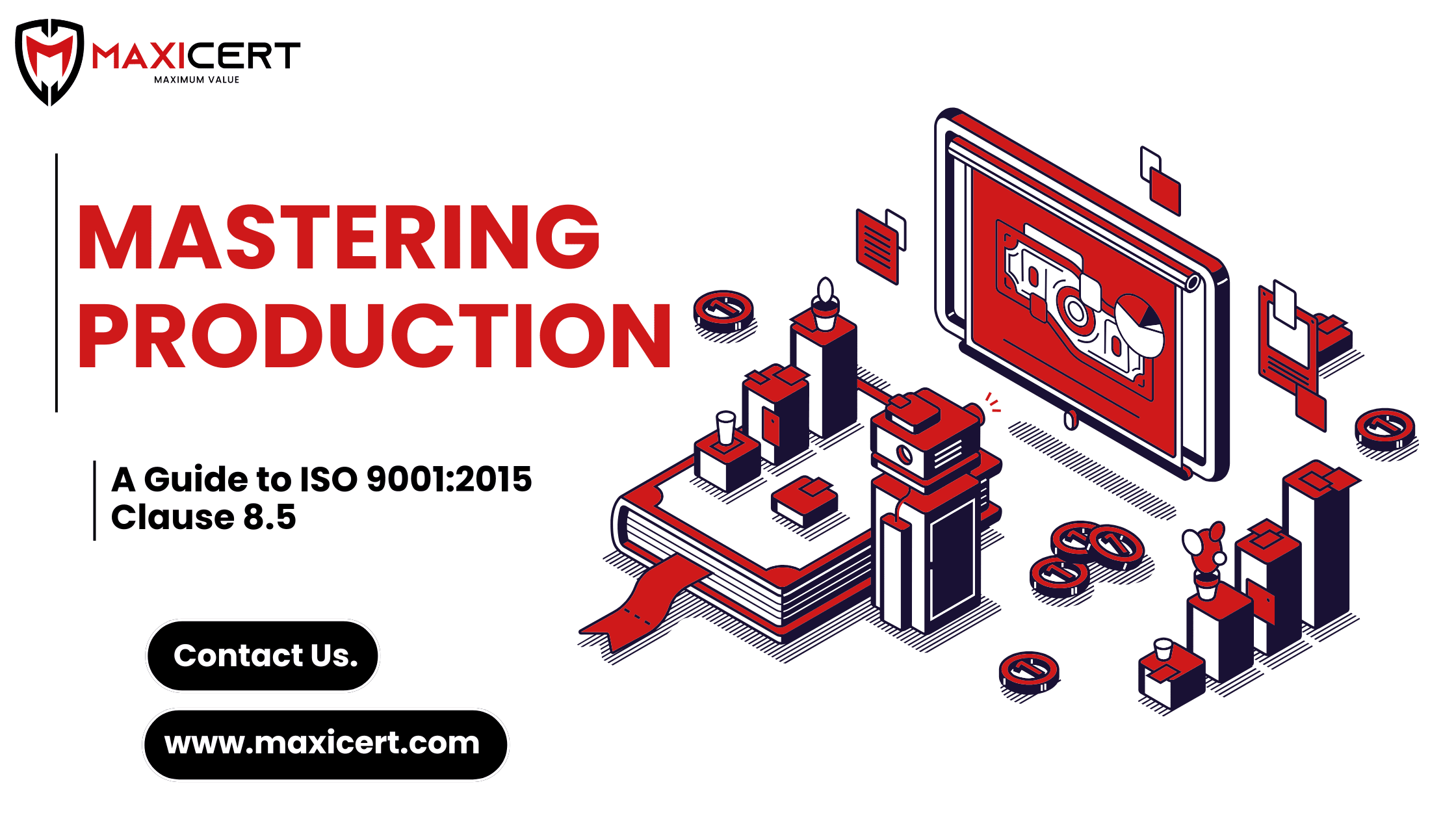
8.5.3 Property Belonging to Customers or External Providers
The organization shall exercise care with property belonging to customers or external providers while it is under the organization’s control or being used by the organization.
The organization shall identify, verify, protect and safeguard customers or external providers property provided for use or incorporation into the products and services.
When the property of a customer or external provider is lost, damaged or otherwise found to be unsuitable for use, the organization shall report this to the customer or external provider and retain documented information on what has occurred.
NOTE: A customer’s or external provider’s property can include materials, components, tools and equipment, premises, intellectual property and personal data.
Examples of where the customer of an external provider provides you with material, equipment, knowledge or data to be used in producing the products or delivering the service include:
- instruments provided for measurement purposes,
- a motor vehicle left for service or repair,
- components for placement on a printed circuit board,
- special packaging for the finished product,
- a domestic appliance (eg. a washing machine) left for repair,
- financial and personal data provided to a credit card company,
- personal medical data of patients at a family doctor, clinic, hospital, etc.,
- details of an organization’s financial affairs given to a bank in order to obtain finance,
- a customer specification sent to a design consultancy,
- raw materials to be used in the product,
- equipment that an external provider installs in your organization for use but that you do not purchase.
Any restrictions or regulations regarding personal data will need to be followed.
You need to have a process for handling any material that your customer gives you, or for reporting if their property is damaged, lost or is otherwise unsuitable for use. Organizations must also have a process for when the property is used in a manner in which it is not authorized (e.g. used for another customer). Documented information of these types of communications need to be retained.
Some examples of measures that you might adopt to protect your customer intellectual properties or personal data are:
- a specific location or file to store customer’s intellectual data including product drawings, patent information, performance and sales figures,
- password protection of computer files,
- a procedure requiring customer specifications and data be deleted at the end of a project,
- limiting access to information to specific and trained individuals.
The requirements in 7.5.3 relating to documents of external origin are applicable to your customers intellectual property or personal data.
ISO 9001:2015 Clause Guide Panel
- Clause 1
- Clause 2
- Clause 3
- Clause 4 – Sub-clause 1
- Clause 4 – Sub-clause 2
- Clause 5 – Sub-clause 1
- Clause 5 – Sub-clause 2
- Clause 5 – Sub-clause 3
- Clause 6 – Sub-clause 1
- Clause 6 – Sub-clause 2
- Clause 7 – Sub-clause 1
- Clause 7 – Sub-clause 2
- Clause 7 – Sub-clause 3
- Clause 7 – Sub-clause 4
- Clause 8 – Sub-clause 1
- Clause 8 – Sub-clause 2
- Clause 8 – Sub-clause 3
- Clause 8 – Sub-clause 4
- Clause 8 – Sub-clause 5
- Clause 8 – Sub-clause 6
- Clause 8 – Sub-clause 7
- Clause 8 – Sub-clause 8
- Clause 8 – Sub-clause 9
- Clause 8 – Sub-clause 10
- Clause 8 – Sub-clause 11
- Clause 8 – Sub-clause 12
- Clause 9 – Sub-clause 1
- Clause 9 – Sub-clause 2
- Clause 9 – Sub-clause 3
- Clause 9 – Sub-clause 4
- Clause 10
8.5.4 Preservation
The organization shall preserve the outputs during production and service provision, to the extent necessary to ensure conformity to requirements.
NOTE: Preservation can include identification, handling, contamination control, packaging, storage, transmission or transportation, and protection.
Depending on the nature of your organization, some or all of the requirements of this clause could apply.
Where they do apply the arrangements for handling, storage, packaging and delivery should be appropriately documented.
You need to determine how you will ensure that these processes are properly controlled to ensure they do not have an adverse effect on product conformance.
If you produce, for example, fragile, sterile, electrostatically sensitive, or dangerous products, it is important that you ensure that activities such as identification, handling, packaging, storage and protection (which can be critical for these and other similar types of products) are actively controlled.
There are a number of areas where handling problems can affect the quality of the product. Some examples are found in the following areas:
- Most copper-based metals (e.g. copper, brass and bronze) are susceptible to corrosion from finger-marks.
- Liquid-carrying tankers need to be cleaned or decontaminated prior to filling with a different liquid.
- Medical specimens need to be handled with special instruments to prevent infection.
You need to examine your own operations to determine to what extent special handling procedures are needed and to what extent they need to be documented.
Storage of particular products may also be a concern. There may be materials that are temperature or moisture sensitive or that have a limited shelf life.
Storage requirements vary from industry to industry. Examples of storage conditions include:
- cold storage of food, and
- storage of magnetic media (e.g. video tapes, audio tapes and computer disks) in a non-magnetic environment.
Some products can have shelf life that could affect the product that will be delivered to the customer. Consideration should be given to ensuring that any raw materials used in the product or product that your organization produces that has a shelf life is controlled. Methods of control can be reviewed by employees when using the raw materials or periodic checks by using expiration dates in the organization’s inventory system.
Packaging should be appropriate for the materials concerned. Bulk materials, such as sand, coal and wheat, are examples where packing consists simply of filling the carrying container. Even for such bulk transport, there needs to be a check that the container is suitable and will not contaminate the product. Large fabricated components can be simply loaded onto a truck and strapped down.
Packaging should be appropriate for the product, the intended transport, handling and storage, and the end use. Markings on packaging might need to indicate preservation requirements to the customer, e.g. temperature conditions, fragile. You should make sure that where packaging and marking materials are used, they are compatible with the products being packaged or marked. Marking materials can cause corrosion or otherwise damage products and should be selected with care.
If there are any regulatory requirements for internal processing and before and during delivery, you should be aware that there may be regulatory requirements for the after delivery phase for the preservation of your product.
Most organizations will probably already have a stock control system. During stocktaking, it is usually possible to check the condition of products.
You need to identify the storage requirements for your products and assign appropriate storage areas. Each product does not necessarily require a separate storage area.
A periodic check of the condition of the product in stock is necessary if it is likely to deteriorate or become contaminated.
The protection of the quality of the product after final inspection and test extends to include delivery to destination. If this is to be subcontracted out, then you will have to ensure that appropriate procedures or instructions are given in order that final delivery does not affect or prevent the product (or service) from meeting customer requirements.
This could mean that you take responsibility for the transport. In such cases, you would need to be aware of any legislation or regulations, which might apply.
8.5.5 Post-Delivery Activities
The organization shall meet requirements for post-delivery activities associated with the products and services.
In determining the extent of post-delivery activities that are required, the organization shall consider:
- statutory and regulatory requirements,
- the potential undesired consequences associated with its products and services,
- the nature, use and intended lifetime of its products and services,
- customer requirements;
- customer feedback.
NOTE: Post-delivery activities can include actions under warranty provisions, contractual obligations such as maintenance services, and supplementary services such as recycling or final disposal.
Many products are sold with a commitment to provide post-delivery maintenance and support as part of the overall contract. This clause applies in such instances. Remember that commitments made as part of a warranty also form part of the contract and again this clause is relevant.
In dealing with post-delivery activities, your process will need to address the following aspects:
- general provisions of a servicing program,
- planning the servicing activities,
- what personnel are needed and any training requirements,
- spare parts management,
- preparation of servicing instructions, and
- records of servicing activities.
One example of post delivery service activities is a computer retailer who provides a technical support service by telephone.
In some industries, there should be consideration of the lifetime of the product or service. For example, if you have provided a service such as training to an organization and provide follow-up support after the training, is there a limit to how long after the service is provided that you continue to provide support.
When providing servicing, it is important to remember that product or service nonconformities should be fed into the corrective action system so that the reason for the failure can be identified. Remember, if warranty repairs were required, the product did not perform as intended and this is a form of nonconformity.
As always, it is useful to keep records to show what you did to measure how your process was under control.
8.5.6 Control of Changes
The organization shall review and control changes for production or service provision, to the extent necessary to ensure continuing conformity with requirements.
The organization shall retain documented information describing the results of the review of changes, the person(s) authorizing the change, and any necessary actions arising from the review.
With product, control of changes are needed for situations where there is not an engineering change or formal drawing change. These could include receiving a raw material with an incorrect number on it or modifying the control such as temperature on an oven.
The organization must approve the change through some method. This could include an approved deviation which is posted in the area or initialling and dating the change on any documented information in the area.
This documented information must be retained. Therefore, the documented information should be in a source that can be considered later if needed.
Conclusion
ISO 9001:2015 Clause 8.5 provides a comprehensive framework for controlling every stage of your production and service delivery. By meticulously managing customer property, preserving product integrity, planning for post-delivery activities, and controlling all changes, you establish a system built on quality and reliability. Following these guidelines not only ensures that your products and services consistently meet requirements but also minimizes risk, enhances customer satisfaction, and strengthens your reputation as a dependable and trustworthy organization.
For expert guidance on implementing these crucial requirements and achieving ISO certification, partner with Maxicert.
Free 60–90 day implementation plan available after consultation.
FAQ
What constitutes property belonging to customers or external providers under ISO 9001?
This includes a wide range of assets, from materials and equipment to intellectual property and personal data (e.g., patient information or designs). The organization must protect all such property.
What is the purpose of preservation in the production process?
Preservation is about protecting products from damage or deterioration during production, handling, storage, and delivery. This ensures the final output meets all requirements.
What factors should an organization consider for post-delivery activities?
An organization must consider regulatory requirements, the product’s intended lifetime, potential risks, and customer requirements when planning post-delivery activities like warranties or maintenance.
What types of changes must be controlled under Clause 8.5.6?
This clause focuses on controlling changes that occur during production, such as adjusting a process parameter or using a different raw material, to ensure they don’t negatively impact product quality.
Client Testimonials
What Our Clients Say About Us?
We are trusted by thousands of clients belonging from technology, manufacturing, healthcare and various sectors
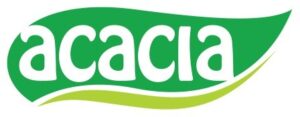

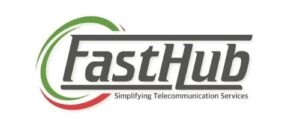

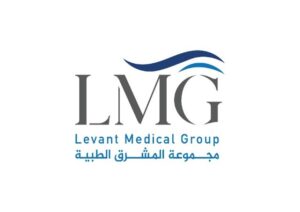


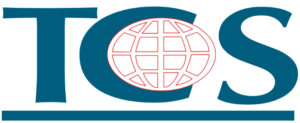
Our overall experience with Maxicert was satisfied. The audit and consulting part was handled carefully, we fulfilled our client requirement of ISO 27001 hassle free.
Kevin Santiago BDM – Clarks Outsourcing, PhilippinesTimely response and knowledge of ISO standards can be seen together in the team of Maxicert, we grow because of the service providers like Maxicert.
Samuel Christopher Quality Assurance Head – OEQA, NigeriaWe did Food safety certification with Maxicert, the service was extraordinary and their consultant had good experience of the subject.
Mr. Venkatesh Production Manager - Acacia Foods and Beverages, ZambiaWe engaged a consultant of Maxicert for our business certification, we now have a well-designed and organized department procedures and we rectify our errors through internal audits regularly.
Abdullah Al Rayes Managing Director – TCS, BahrainTechnical expertise by the team of Maxicert helped us achieving our ISO 13485 certificates, we now proudly say that we have achieved our target, all thanks to the team.
Nady Boustany CEO – LMG, IraqMaxiCert's approach to meet our needs proved instrumental in facilitating a seamless transition throughout the entire ISO certification process for us. Their training sessions are so much helpful.
Ms. Latifa Al Salem Investor portfolio – Ministry of Investment, Saudi ArabiaMaxicert is a one stop solution, we got trainings, documents, audit and certification at one place, they facilitated everything.
Ms. Mariam Chaggama VP – Fasthub, Tanzania

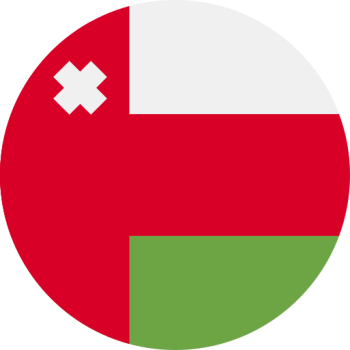



Their presence in Oman made us even better to accomplish our goal of achieving ISO certificates on time, we will definitely recommend their services.
Mr. Sailesh Mohanakrishnan Division Manager – Khimji Ramdas, Oman